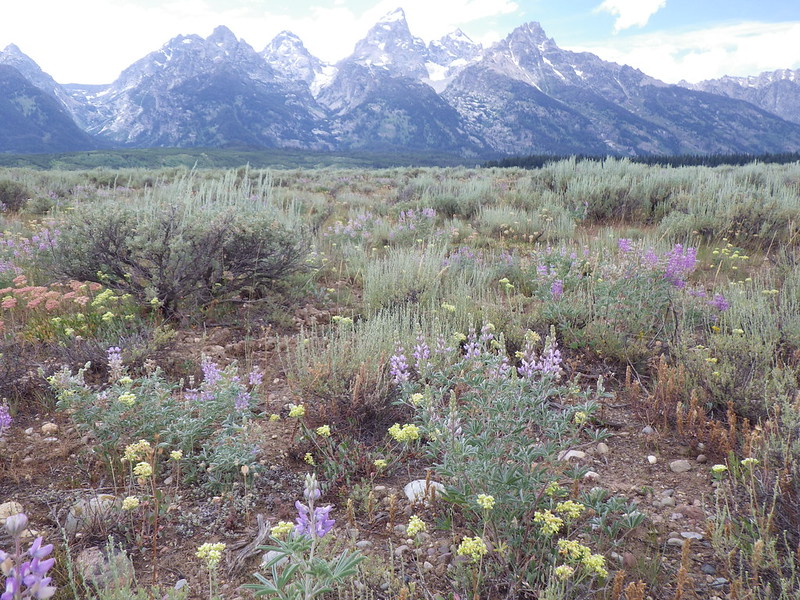
Published 2020-12-15
Keywords
- plant community ecology,
- biodiversity,
- restoration,
- sagebrush steppe,
- functional traits
Abstract
The sagebrush steppe is now one of the most imperiled ecosystems in North America, prompting the need for successful restoration. However, restoration efforts often fall short of expectations due to poorly-understood ecological factors and variable outcomes. When, where, and how restoration is initiated could play a large role in community composition in the long-term, but the potential impacts of these contingencies is poorly understood. Plant traits are expected to respond more predictably to restoration treatments than species, but few studies have compared the responses of species and traits in the context of contingencies. In this study, we conducted a preliminary analysis of long-term monitoring data from 13 restored sites in Grand Teton National Park paired with measurements of five traits to understand spatial and temporal community dynamics at two levels of biodiversity. Results show species composition became more similar (converged) across restored sites over time and trajected towards but did not meet reference conditions. Trait composition converged quickly with the reference in early years but diverged among sites. Communities transitioned from volunteer annuals with more resource acquisitive traits to sown species with conservative traits. Future work will use ecological modeling to test whether trends are contingent upon establishment conditions.
Featured photo by Matt Lavin on Flicker (https://flic.kr/p/fhn8zm).
